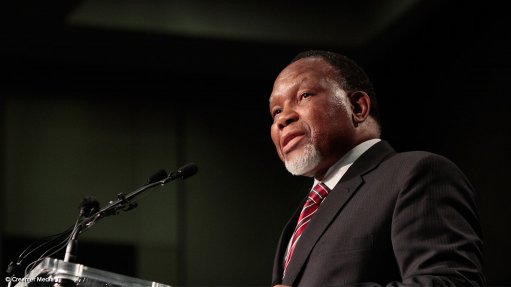
Deputy President Kgalema Motlanthe
Photo by: Duane Daws
Deputy President Kgalema Motlanthe has described South Africa’s human resource development system as demonstrating “deep-seated structural weaknesses”, with “visible weaknesses" in the basic foundation phase of early childhood development, general education at school and at the adult education and training level.
Speaking at the Human Resources Development Council (HRDC) Summit in Johannesburg on Tuesday, he launched the National Integrated Human Resource Development Plan for 2014 to 2018, which aimed to accelerate initiatives aimed at tackling the inadequacies of human resource development in South Africa.
“I am confident that from now on, with our focus, thus, clearly sharpened, we will move with the necessary speed to advance towards the goal of reconstruction and development,” Motlanthe noted.
He said, currently, challenges “abounded” in terms of securing a supply of skills, especially scarce skills, within the further and higher education and training bands of the National Qualifications Framework.
“The demand for skills has always been difficult to meet, particularly those necessitated by the needs of the public and private sectors, [as well as] those required for social development opportunities and the development of small business.
“Inadequacies in the key areas of research and innovation have also had a negative effect on efforts to support industrial and employment growth policies,” Motlanthe commented.
Noting that the establishment of the HRDC in 2010 was motivated by a need to address the shortcomings of national human resource development, Motlanthe said the council had enabled an improved understanding of the work of government, the challenges it faced and what its objectives were in terms of advancing of skills.
The council had designed a “practical” model, which sought to bring about “seamless” processes between government and stakeholders, using personnel who were at the “coalface” of delivery to drive relevant reforms in various sectors.
“Viewed in its broadest sense, the HRDC has developed a social compact in which it seeks to institutionalise dialogue, consultation and cooperation amongs the various components of society,” Motlanthe outlined.
Membership of the HRDC was drawn from a wide spectrum of the South African society representing government, organised business, organised labour, community organisations, professional bodies, research and academic institutions, and other relevant stakeholders.
According to Motlanthe – who was also chairperson of the organisation – the council served to provide a platform for members to expand the development of skills in their respective sectors.